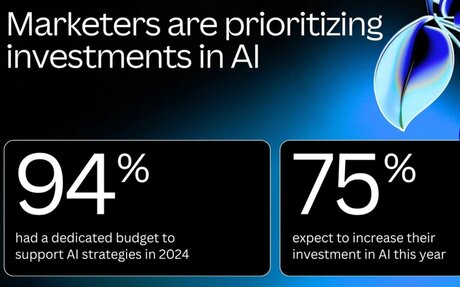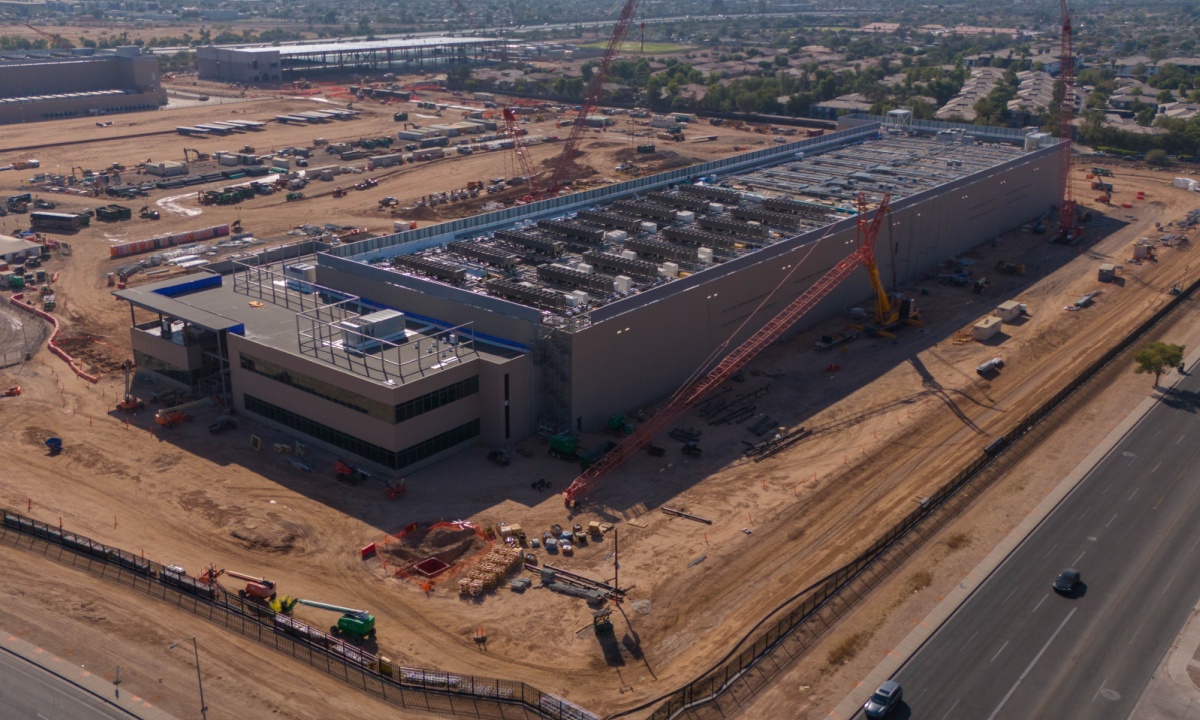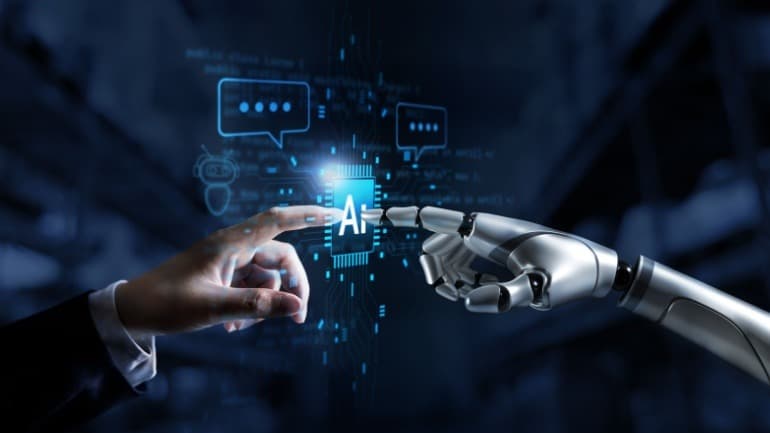AI Infrastructure Surge: U.S. Economy Grows Faster Than Consumer Spending Amid $100B Boost
In a remarkable turn of events, the U.S. economy has experienced a significant surge in growth, driven primarily by an unprecedented investment in artificial intelligence (AI) infrastructure. Over the past six months, this sector has outpaced all consumer spending, with the so-called "magnificent seven" tech giants—Amazon, Apple, Google, Microsoft, Facebook, Nvidia, and Tesla—pumping more than $100 billion into data centers and related facilities in just the last quarter. This surge in infrastructure spending has raised eyebrows among economists and industry experts alike, as it signals a potential shift in the economic landscape.
Background & Context
The current investment in AI infrastructure is staggering. As noted by financial analyst Paul Kedrosky, spending on AI infrastructure as a percentage of Gross Domestic Product (GDP) has already surpassed that of telecom and internet infrastructure during the dot-com boom of the late 1990s. This rapid growth is not merely a reflection of technological advancement; it represents a fundamental transformation in how businesses operate and compete in the global marketplace. With the U.S. and China locked in a fierce battle for industrial supremacy, the stakes have never been higher.
The historical context adds depth to this narrative. In the early 20th century, industrial titans like John D. Rockefeller and Andrew Carnegie capitalized on the burgeoning steel and oil industries, laying the groundwork for modern America"s economic framework. Today, AI infrastructure is emerging as the cornerstone of a new industrial revolution, with data centers being strategically located on former steel mill sites, leveraging proximity to energy sources. This evolution is reminiscent of past economic shifts, underscoring the cyclical nature of industrial growth.
Key Developments
The sheer scale of investment from the tech giants is noteworthy. In the last three months alone, these companies have collectively spent over $100 billion on building data centers and enhancing their AI capabilities. This spending spree has acted as a private-sector stimulus program, contributing significantly to the resilience of the U.S. economy amidst other challenges. As consumer spending faces headwinds from inflation and supply chain disruptions, the robust investment in AI infrastructure provides a much-needed lifeline.
Furthermore, the lack of regulatory barriers and limited competition among a handful of dominant players in the tech industry has allowed for this rapid expansion. The implications of this situation are profound, as it not only alters the economic landscape but also raises concerns about market monopolies and the potential for over-reliance on a few key players. The ongoing competition with China, which is heavily investing in its own AI capabilities, further complicates the scenario. America"s previous lead in technological innovation is now under threat, necessitating a reevaluation of strategies to maintain global competitiveness.
\n\n
Image for AI Infrastructure Surge: U.S. Economy Grows Faster Than Consumer Spending Amid $100B Boost
Broader Impact
The ramifications of this AI infrastructure boom extend beyond mere economic figures. Experts warn that the current trajectory could lead to significant disparities in wealth and opportunity. As AI technologies continue to evolve, they have the potential to disrupt traditional job markets, creating a divide between those who can adapt and those who cannot. The historical parallels to the industrial revolutions of the past serve as a cautionary tale: while growth and innovation can drive prosperity, they can also exacerbate inequalities if not managed effectively.
Moreover, the concentration of power in the hands of a few tech giants raises questions about data privacy and ethical considerations surrounding AI deployment. As these companies expand their influence, the need for comprehensive regulatory frameworks becomes increasingly urgent. The lessons learned from the dot-com era, where unregulated growth led to significant market corrections, should not be forgotten in the face of this new technological wave.
What"s Next
Looking ahead, the future of AI infrastructure investment appears poised for continued growth. With advancements in machine learning, cloud computing, and data analytics, the demand for robust AI capabilities will likely escalate, further driving investment in this sector. Companies are expected to continue pouring resources into developing cutting-edge technologies that can enhance operational efficiencies and create new revenue streams.
However, as previously reported in related coverage, this growth may come with its own set of challenges, including potential market bubbles and the need for regulatory oversight. As the U.S. navigates this transformative period, the economic landscape will undoubtedly continue to evolve, raising critical questions about the future of work, competition, and innovation in an increasingly interconnected world.

Image for AI Infrastructure Surge: U.S. Economy Grows Faster Than Consumer Spending Amid $100B Boost






![[Video] Vladimir Putin delivers speech in military uniform](/_next/image?url=%2Fapi%2Fimage%2Fthumbnails%2Fthumbnail-1764621642413-vh08a-thumbnail.jpg&w=3840&q=75)
